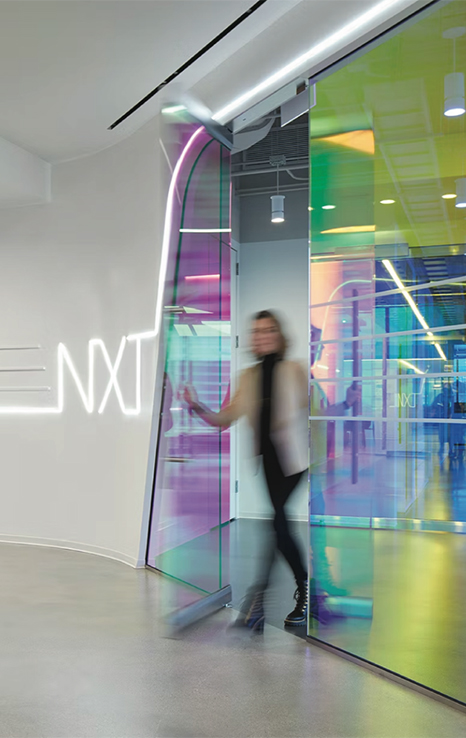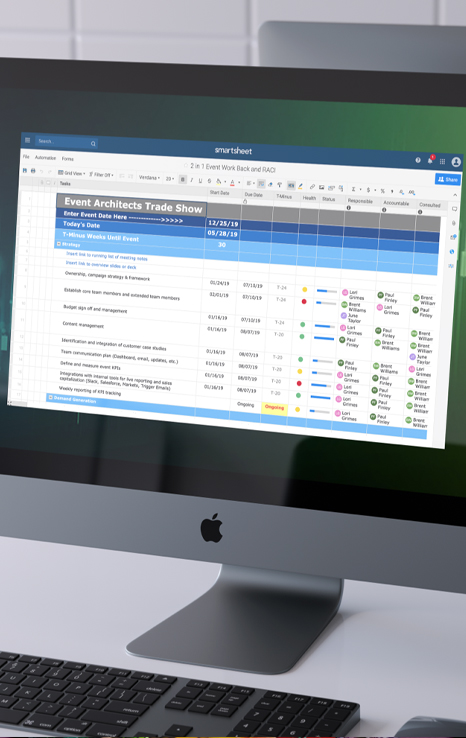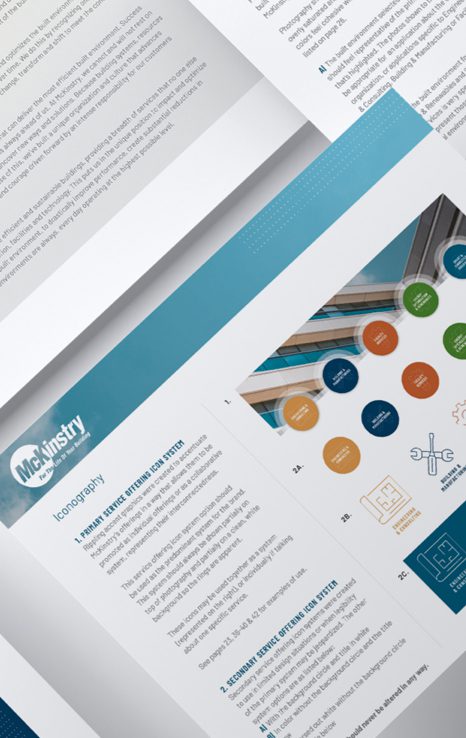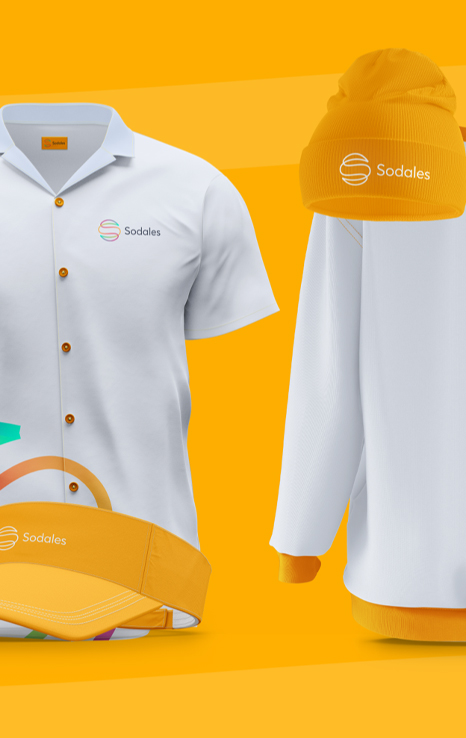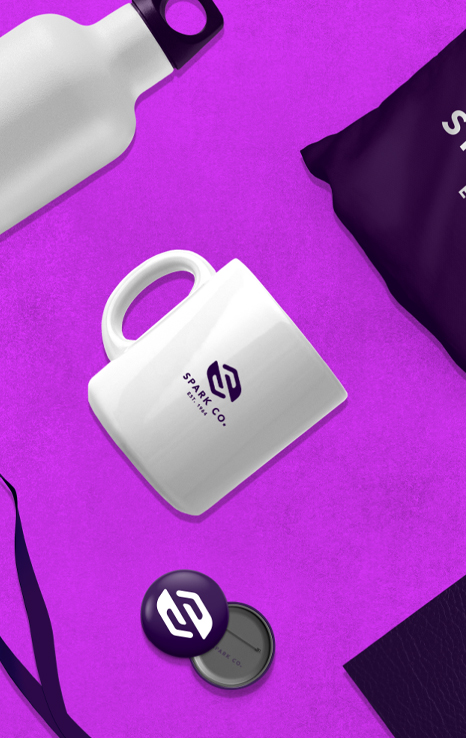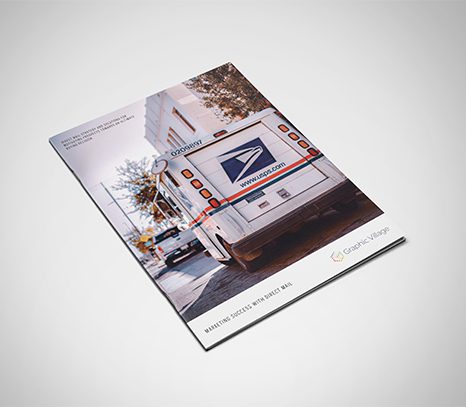You’ve probably heard about the many benefits of electronic storefronts. Or maybe you’ve heard of them as “e-commerce portals,” “branded portals,” or “web-to-print portals.” Whatever you call them, these useful tools allow you to store, manage, and customize your print projects online.
-
- Need 500 copies of a product brochure? Order them on demand without ever speaking to a salesperson.
- Need to regularly update prices, swap out images, or tweak the copy in catalogs and company manuals? Ditch your warehoused inventory, keep products updated in real time, and print as you go.
- Want to enable store managers to create their own promotions without compromising the brand? Offer online templates for direct mail, signage, and email with all of the branded elements locked down.
REVIEW:
The print-on-demand benefits of these portals are endless. But there are other benefits, too, such as full visibility into inventory and ordering, that are less understood and under-utilized. With customizable reports, you can gain full visibility into which products are being ordered, when, and by whom. You can select monthly, quarterly, or annual reports, and you can get information in real time, too.
MANAGE:
For example, is there a brochure that is not moving? If so, this knowledge gives you the opportunity to ask why. Is it a new product that you haven’t promoted properly, so it isn’t being used because users do not realize it is there? Is it an old product that isn’t being used because it needs to be updated? Has the brochure become irrelevant? Does it simply need to be removed from the system?
EDIT:
Just because something is slow moving does not mean it needs to be removed, however. For some slow-moving sellers, you may simply want to move them to print-on-demand to free up warehousing space. Or, conversely, you may find that certain products are now selling like gangbusters, so you want to move them from POD to bulk printings to be picked and packed from the warehouse.
SHIP:
You can also identify opportunities based on user behavior. Say you sell your products through distributors, and sales of several of the distributors are lagging. You check their order history and find that they order fewer marketing materials than other distributors. You set up a training session on how to use these materials, provide incentives for ordering them, and lo and behold! Sales start to increase.
TRAIN:
With most online portals, you can access reports 24 hours a day, seven days a week. Take advantage! Use the information to optimize your library and get the most out of the marketing materials that you have invested in.









